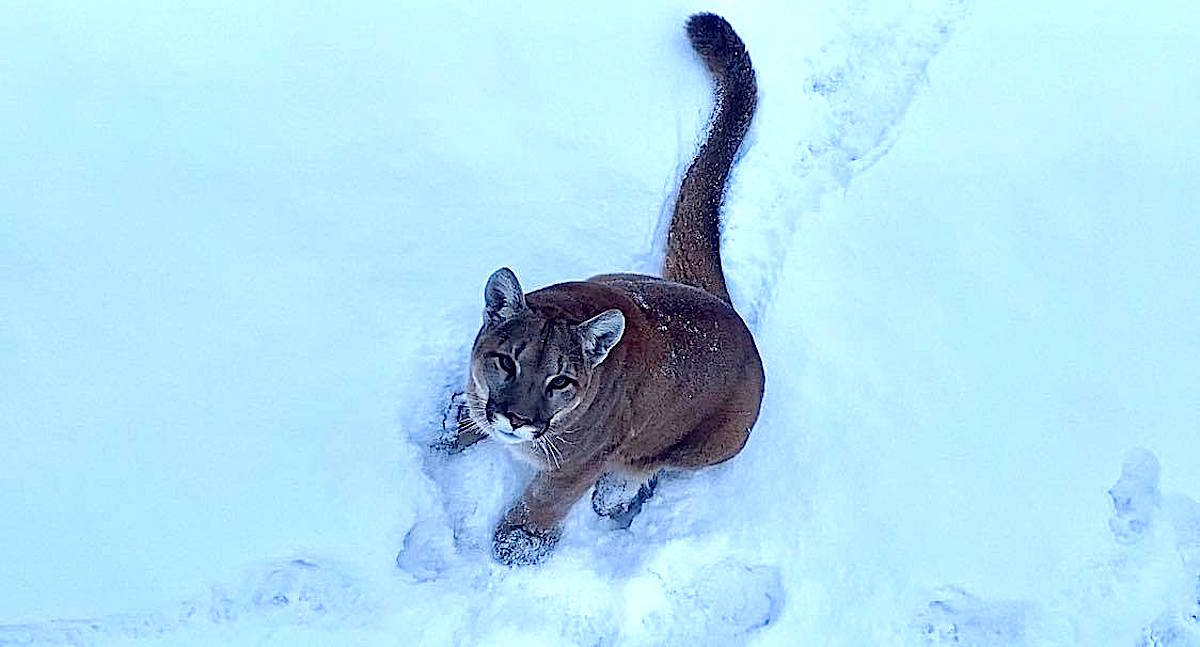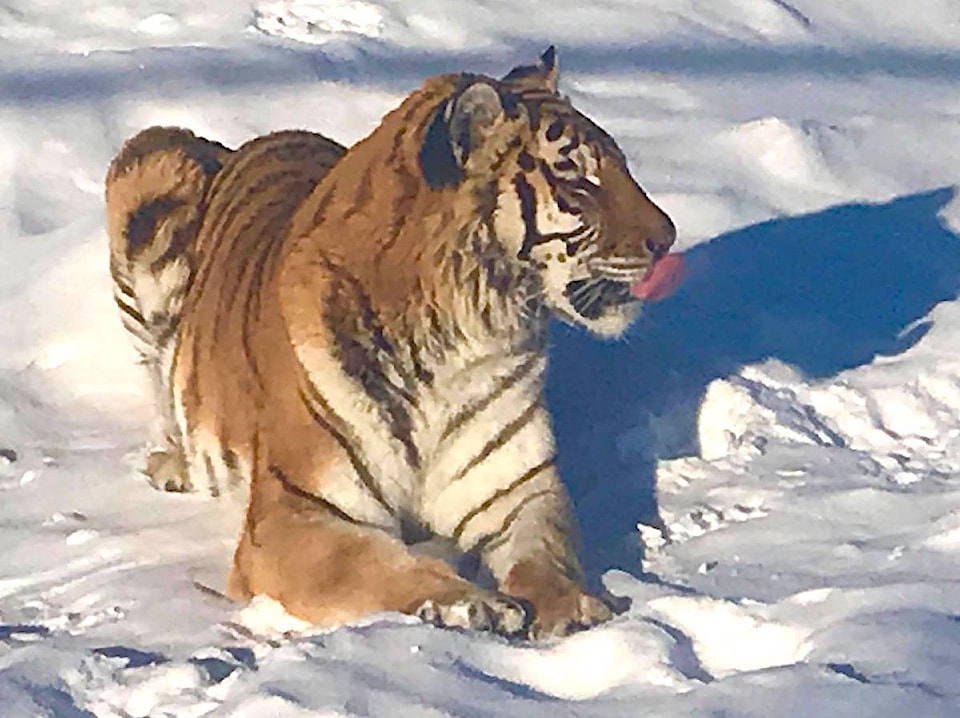Every frigid morning this week, Carol Kelly has checked on vulnerable hawks that are recovering from injuries at the Medicine River Wildlife Centre.
“I was worried about them,” said Kelly, knowing they have had to remain in central Alberta in -30 C weather, instead of flying off to balmy southern climes.
But each time, the centre’s executive director has found the four hawks sitting outside on a branch in their enclosure — “as happy as can be” — instead of huddling inside their heated shelter.
“They don’t care! They’re fine,” said Kelly, who believes this shows how wildlife can acclimatize and adapt to sub-zero Arctic temperatures far better than we humans do.
To help recovering wildlife deal with extreme cold, Kelly is giving them more food to fuel their inner furnace without depleting their healing ability.
The hawks, owls and eagles munch on a supply of gophers kept in the centre’s freezer. The carcasses are delivered by farmers who have reduced the pocket gopher and ground squirrel population on their land.
Kelly said the farmers get a tax receipt for the value of the gophers they turn in (she equates them with the cost of rats), while the centre’s injured raptors get nutritious meals.
It’s a win-win for everyone except the gophers — which are in no danger of dying out in central Alberta, said Kelly.
While the Medicine River Wildlife Centre helps native animals that are used to frosty temperatures, the Discovery Wildlife Park in Innisfail has some exotic animals that would not survive outdoors this week.
Owner Doug Bos said the African serval cats have no fat reserves or heavy winter coats, so are kept indoors in a heated space.
But other large cats — including a Siberian tiger, cougars and even a heavily furred lion — are fine to remain in their usual outdoor pens, although they have insulated shelters they can use to get out of the elements, said Bos.
“I give them lots of straw for bedding, and they have no trouble with it.”
The zoo’s Mongolian camels are used to temperature extremes, as are Japanese macaques, also known as snow monkeys, he added.
“We always make sure all their bedding is dry and that their water hasn’t frozen.”
The park’s bears are native to Alberta and do a lot of hibernating — although they do get up for periods throughout the winter, said Bos, who noted it’s a myth that they sleep until spring.
During this cold weather, though, the bears know better than to poke their noses outside their shelter.
“They don’t get up,” said Bos.
lmichelin@reddeeradvocate.com
Like us on Facebook and follow us on Twitter

